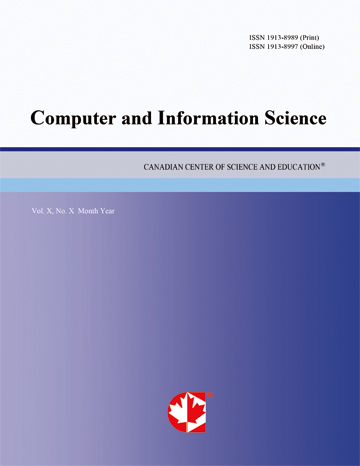An Empirical Analysis of Fitness Assignment and Diversity-Preserving in Evolutionary Multi-Objective Optimization
- Youyun Ao
Abstract
Evolutionary algorithms have (EAs) been an alternative class of powerful search techniques. They have been widely applied to solve multi-objective optimization problems from scientific community and engineering fields. The aim of designing EAs for multi-objective optimization is to obtain a well-converged and well-distributed set involving multiple Pareto-optimal solutions in a single simulation run. Accordingly, improving the convergence speed and preserving the diversity of solutions are identically important during the search of EAs. In EAs, an effective fitness assignment approach is beneficial to improve the convergence speed and simultaneously guide the search of EAs towards optimal regions; an effective fitness sharing technique can improve the diversity of solutions in order to avoid the premature convergence. Additionally, the search capability of evolving operators themselves plays an important role in solving multi-objective optimization problems. This paper introduces two alternative fitness assignment approaches based on Pareto ranking to guide the search towards optimal regions, develops three alternative pruning techniques (i.e., specific fitness sharing techniques), and incorporates a dynamic mutation operator into EAs in order to enrich the diversity of solutions. Experimental results show that these approaches are effective. The purpose of this study is to gain a specific and important insight into well-established techniques and encourage their usage in further empirical studies.- Full Text:
 PDF
PDF
- DOI:10.5539/cis.v5n2p111
Journal Metrics
WJCI (2022): 0.636
Impact Factor 2022 (by WJCI): 0.419
h-index (January 2024): 43
i10-index (January 2024): 193
h5-index (January 2024): N/A
h5-median(January 2024): N/A
( The data was calculated based on Google Scholar Citations. Click Here to Learn More. )
Index
- BASE (Bielefeld Academic Search Engine)
- CNKI Scholar
- CrossRef
- DBLP (2008-2019)
- EuroPub Database
- Excellence in Research for Australia (ERA)
- Genamics JournalSeek
- GETIT@YALE (Yale University Library)
- Google Scholar
- Harvard Library
- Infotrieve
- Mendeley
- Open policy finder
- ResearchGate
- Scilit
- The Keepers Registry
- UCR Library
- WJCI Report
- WorldCat
Contact
- Chris LeeEditorial Assistant
- cis@ccsenet.org
